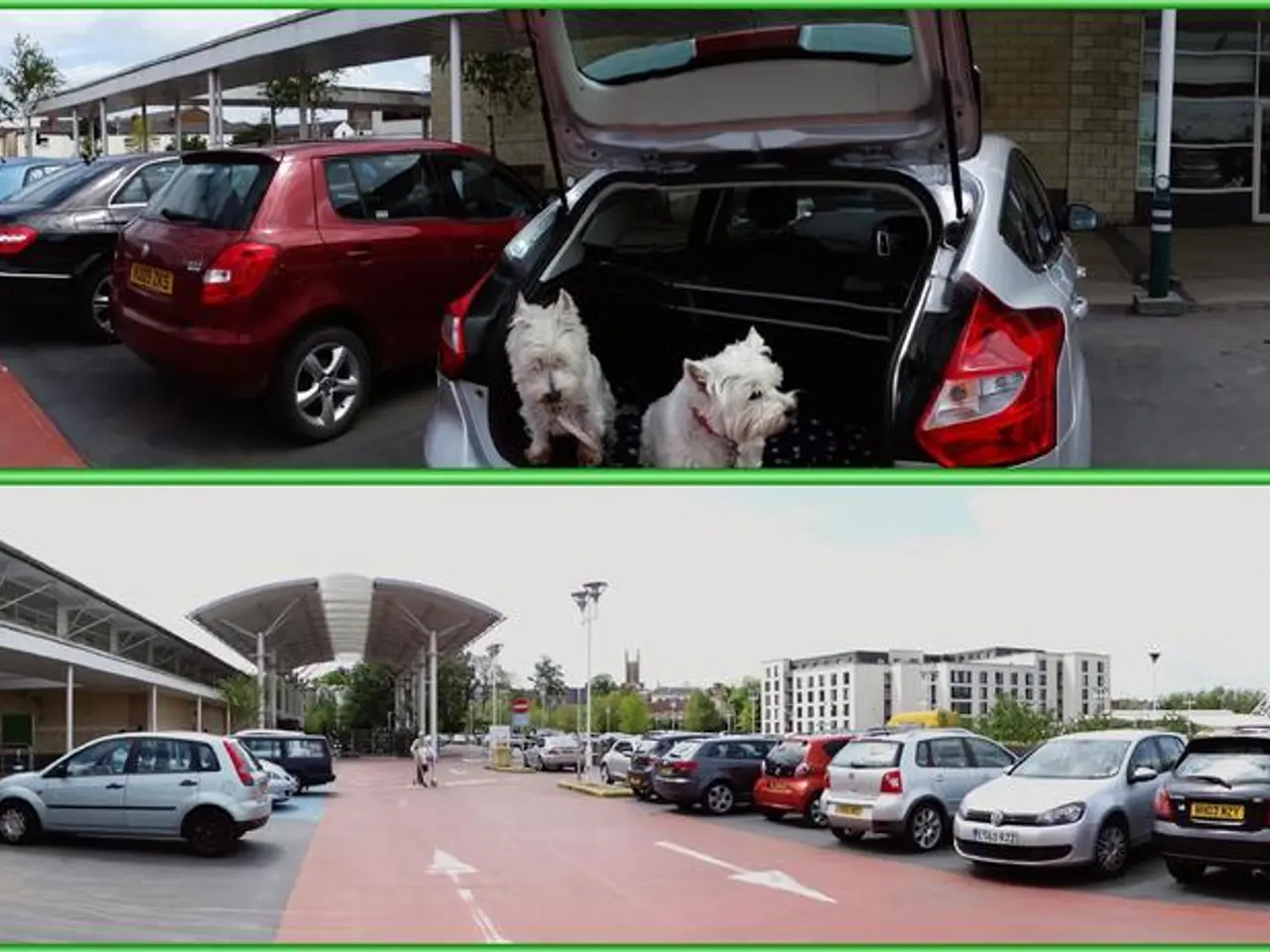Joblessness Due to Frictions: Causes, Effects, Remedies
In the ever-evolving world of work, frictional unemployment remains an inherent part of the job market. This type of unemployment occurs when unemployed workers are yet to find a suitable new job, signifying a time lag before people find the right position and employers hire them.
To combat frictional unemployment, strategies primarily focus on enhancing job market transparency and promoting worker skill development and mobility.
Enhancing job market transparency is crucial for a swift and efficient job market. Key approaches include improving job matching services via accessible job search platforms, job counseling, and career navigation assistance. These tools help workers more quickly find suitable positions tailored to their skills and preferences.
Public-private partnerships are another essential element in boosting transparency. These connections between job seekers and employers facilitate timely and efficient matching, ensuring a smoother transition for both parties. Sector-specific training partnerships further bridge the gap by aligning employer needs with workforce skills, ensuring job openings are clearly communicated and accessible within the sector.
Promoting worker skill development and mobility is equally important. Investing in education and vocational training equips workers with relevant, up-to-date skills that meet current labor market demands, including digital and technological competencies in response to automation and AI.
Wrap-around support services such as skills assessments, individualized employment plans, ongoing coaching, and soft skills training help workers adapt and transition smoothly. Reskilling and upskilling initiatives, particularly in emerging industries and digital economies, maintain workforce relevance and facilitate easy movement across jobs and sectors.
Finally, facilitating geographic and sectoral labor mobility reduces mismatches between job vacancies and unemployed workers by supporting relocation or cross-sector employment transitions.
These strategies reduce the time individuals spend unemployed between jobs, improving labor market efficiency and resilience while supporting long-term career growth and adaptability. Enhancing job market transparency through online job boards can empower workers to make informed decisions and potentially lead to swifter transitions between jobs.
It's essential to remember that frictional unemployment, while a normal part of a healthy economy, can have negative effects if job searches become excessively long-winded. In the short term, frictional unemployment is relatively benign, but if job searches become too prolonged, it can lead to frustration and a decline in motivation among workers.
In conclusion, addressing frictional unemployment requires a multifaceted approach, focusing on enhancing job market transparency and promoting worker skill development and mobility. By doing so, we can create a more dynamic and resilient labor market that supports long-term career growth and adaptability.
In the pursuit of reducing frictional unemployment, it is vital to invest in education and self-development, focusing on acquiring relevant skills for the ever-evolving business landscape. This includes digital and technological competencies, necessitated by automation and AI, and reskilling or upskilling initiatives in emerging industries.
Moreover, to facilitate a smoother job market transition, public-private partnerships can contribute significantly, bridging the gap between job seekers and employers, and promoting transparent communication of job openings within specific sectors.




